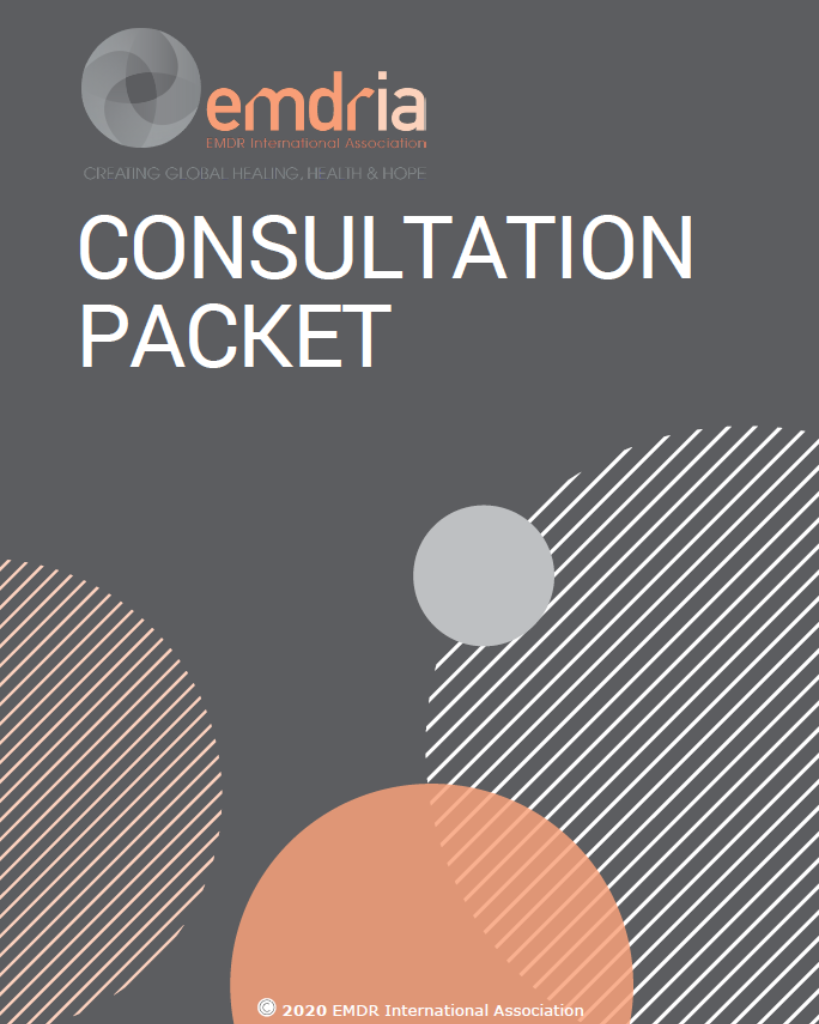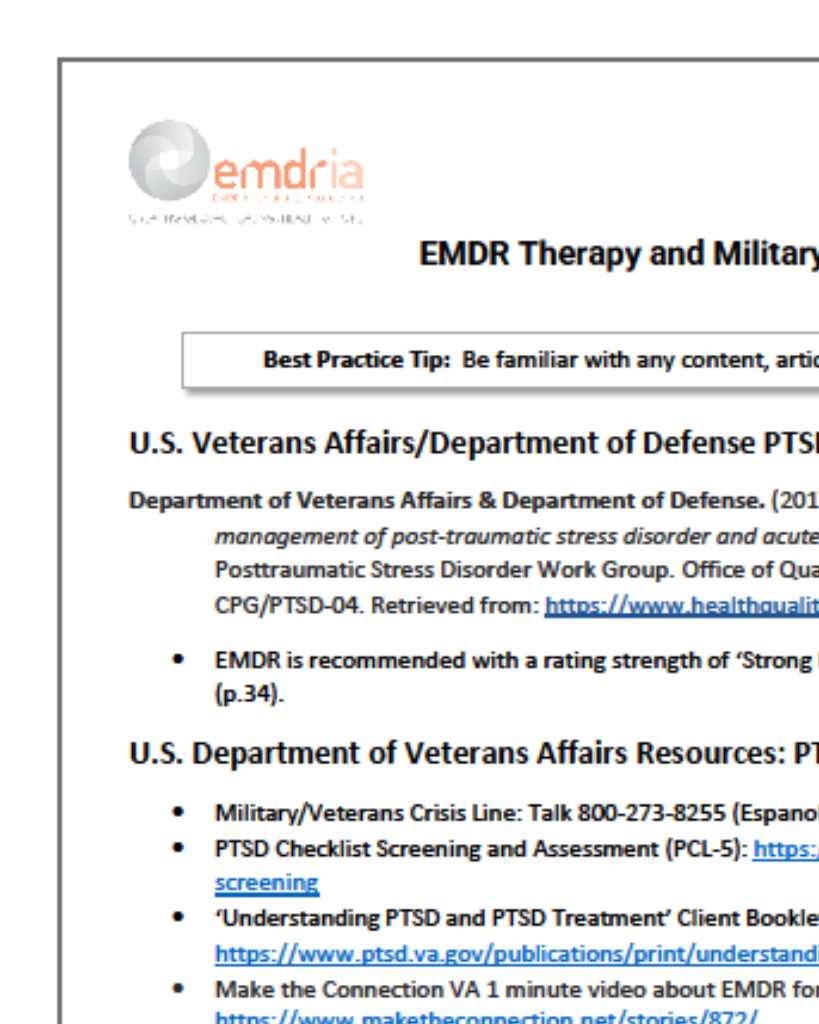Treating implicit trauma: A quasi-experimental study comparing the EMDR therapy standard protocol with a ‘Blind 2 Therapist’ version within a trauma capacity building project in Northern Iraq
This paper explores the effectiveness of two variations of EMDR Therapy: standard protocol vs. ‘Blind 2 Therapist’ protocol in Northern Iraq.
Article Abstract
“Psychological trauma is a silent epidemic which presents as a global public health issue, often in the form of post-traumatic stress disorder (PTSD). Eye Movement Desensitisation and Reprocessing (EMDR) Therapy is an empirically supported treatment intervention for PTSD and has been used as part of trauma-capacity building, particularly in low- and middle-income countries (LMIC). For some survivor’s, their trauma experiences cannot be spoken of: they may be alluded to, suggested and though not directly expressed. There are several factors as to why these implicit trauma experiences are ‘unspoken’, for example, when the trauma involves a deep-rooted sense of shame or guilt, a distorted sense of over-responsibility or when to speak of the trauma engenders fear of retribution, reprisal and consequence. This paper will explore the effectiveness of using two protocol variations of EMDR Therapy—standard versus a ‘Blind 2 Therapist’ protocol version as part of a quasi-experimental study which took place in Northern Iraq. The study contains two projects and subsequently tested several hypotheses regarding safety, effectiveness, efficiency and relevance of the ‘Blind 2 Therapist’ protocol within EMDR Therapy. Results indicated support for the B2T protocol intervention with various trauma populations including Yezidi survivors of Islamic State of Iraq and the Levant (ISIL)—also known as Daesh.”
—Description from publisher
Article Access
Open Access
Farrell, D., Kiernan, M. D., de Jongh, A., Miller, P. W., Bumke, P. Ahmad, S., & . . . Mattheb, H. (2020). Treating implicit trauma: A quasi-experimental study comparing the EMDR therapy standard protocol with a ‘Blind 2 Therapist’ version within a trauma capacity building project in Northern Iraq. Journal of International Humanitarian Action, 5(3). Open access: https://doi.org/10.1186/s41018-020-00070-8
About the Journal
“The Journal of International Humanitarian Action is an open access peer-reviewed journal for researchers, policymakers, practitioners, and anyone moved to understand contemporary challenges, reflect critically on practices, and engage at humanitarian action’s leading edge.”
—Description from publisher
Date
April 27, 2020
Creator(s)
Derek Farrell, Matthew D. Kiernan, Ad de Jongh
Contributor(s)
Paul William Miller, Peter Bumke, Salah Ahmad, Lorraine Knibbs, Cordula Mattheß, Paul Keenan, Helga Mattheß
Practice & Methods
Efficacy, Protocols
Extent
13 pages
Publisher
Springer Open
Rights
© The Author(s). 2020 Open Access This article is licensed under a Creative Commons Attribution 4.0 International License, which permits use, sharing, adaptation, distribution and reproduction in any medium or format, as long as you give appropriate credit to the original author(s) and the source, provide a link to the Creative Commons licence, and indicate if changes were made.
APA Citation
Farrell, D., Kiernan, M. D., de Jongh, A., Miller, P. W., Bumke, P. Ahmad, S., & . . . Mattheb, H. (2020). Treating implicit trauma: A quasi-experimental study comparing the EMDR therapy standard protocol with a ‘Blind 2 Therapist’ version within a trauma capacity building project in Northern Iraq. Journal of International Humanitarian Action, 5(3). Open access: https://doi.org/10.1186/s41018-020-00070-8
Audience
EMDR Therapists, Other Mental Health Professionals
Language
English
Content Type
Article
Access Type
External Resource, Open Access





